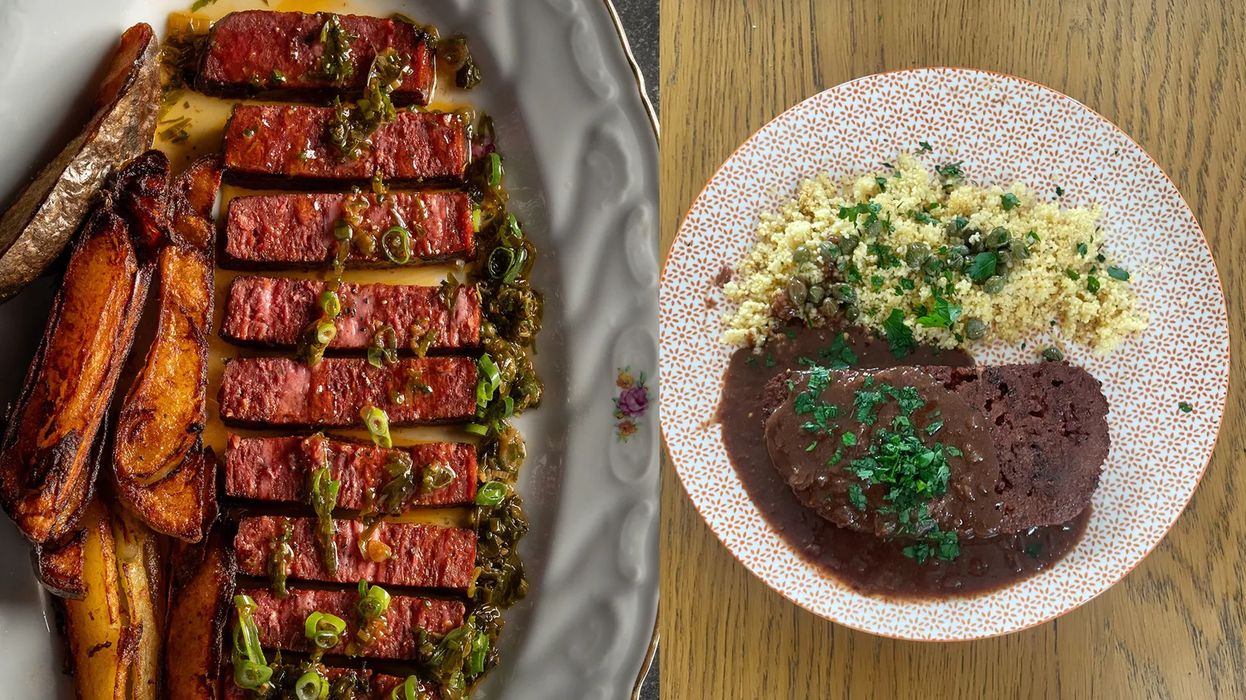
An article in WIRED describes the experience of eating 3D printed meat.
The TL/DR is that the author found the food products edible, but tasteless.
Author Matt Reynolds received several meat samples from Israel-based Steakholder Foods, which produces 3D printed steaks and similar products. These “alt-meat” options are made entirely from plant-based inputs, and therefore are far friendlier to the environment than traditional meat processing.
What did Reynolds find? For the fish samples, he wrote:
“That wasn’t my experience in eating it. When cooked, the fish had a thin outer layer that flaked away, but inside the filet had the texture of mousse, with just the slightest hint of fish flavor. There was no resistance, no structure, no bite, just an undifferentiated mush. Later, I tried frying the fish in a nonstick pan, which yielded better results visually — I could see the structure at least—but not much improvement in terms of texture.”
For the steak, the results were also not terrific:
“The steak fell apart in vertical strips that at least resembled the columns of muscle fiber you’d see in its animal counterpart. And the crust on the outside suggested that Steakholder had nailed the Maillard reaction that gives browned meat that delicious, umami-sweet flavor. But on the inside, the steak was dry and strangely lacking in taste—like it had been made by someone who had seen a picture of a filet steak, but never experienced the thrill of eating one.”
Reynolds concludes:
“These 3D-printed meats were technically food, I’ll give them that.”
At top you can see a comparison between the promotional image for the 3D printed steak versus the result Reynolds obtained after cooking one. This contrast appears similar to the images used to promote fast foods and what you actually get from the drive-thru.
That’s not good news for plant-based 3D printed food. On the other hand, many carnivorous eaters regard plant-based alternatives as tasting nowhere near the quality of actual meat. It may be that we’re seeing the same effect here, except involving 3D printing. It may also be that these tasteless meats require professional-level chefs to prepare them.
There is a possible solution to this dilemma: use actual meat. No, I don’t mean obtaining meat from traditional farm sources; instead I propose use of bioreactors that produce animal cells without the environmental impact of traditional farms. In theory, bioreactors could produce significant quantities of meat cells that could then be 3D printed into edible products.
These products just might taste better, as they would be made from actual meat.
However, bioreactor technology is still very early and there are many issues and challenges to overcome. Research will continue in this area, as the climate crisis increases. Solutions will be found, plant-based, or not. Either way, 3D printed food could eventually become part of our diets.
Via WIRED
